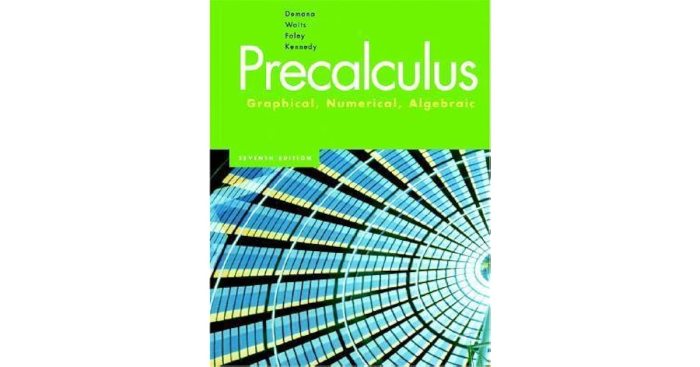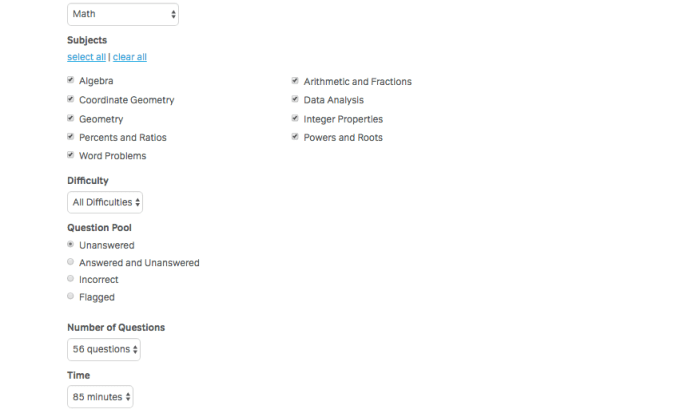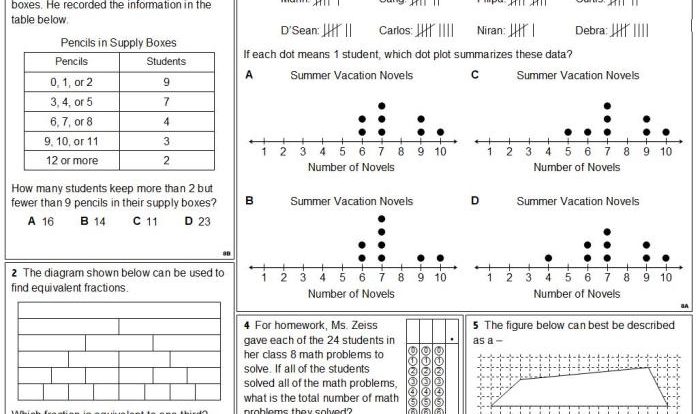Unlock the secrets of graphing with the Graphing Skills Gizmo Answer Key. Dive into an interactive journey where you’ll conquer graphing skills and witness mathematical relationships come to life before your eyes.
This comprehensive guide provides an in-depth understanding of the Gizmo’s features, equipping you with the tools to create captivating graphs and explore complex mathematical concepts with ease.
Understanding Graphing Skills Gizmo
The Graphing Skills Gizmo is an interactive online tool designed to enhance students’ understanding of graphing concepts. It provides a virtual graphing environment where students can explore and visualize various types of graphs, including linear, quadratic, exponential, and logarithmic functions.
The Gizmo features a user-friendly interface that allows students to easily plot points, draw graphs, and analyze data. It also includes a variety of tools and features, such as:
- A coordinate grid for plotting points
- A function editor for entering equations
- A table for displaying data values
- A zoom tool for magnifying specific areas of the graph
- A trace tool for following the path of a function
The Graphing Skills Gizmo is an invaluable resource for students learning about graphing. It provides a hands-on, interactive way to explore graphing concepts and develop problem-solving skills. By using the Gizmo, students can:
- Visualize and understand the relationship between equations and graphs
- Practice plotting points and drawing graphs
- Analyze data and identify trends
- Develop problem-solving skills
- Improve their understanding of mathematical concepts
Exploring the Gizmo’s Features
The Graphing Skills Gizmo is a versatile tool that allows users to create and explore various types of graphs. These graphs can be used to represent and analyze mathematical relationships, making it a valuable resource for students and educators alike.
Creating Different Types of Graphs, Graphing skills gizmo answer key
The Gizmo supports the creation of several types of graphs, including:
- Line graphs: Connect points with straight lines to show trends or relationships.
- Scatter plots: Display individual data points without connecting them with lines.
- Bar graphs: Represent data as rectangular bars, with the height or length of each bar indicating the value.
- Pie charts: Divide a circle into sectors to show the relative proportions of different data categories.
Entering Data and Customizing Graphs
To enter data into the Gizmo, users can either manually type in values or import them from a spreadsheet. Once the data is entered, users can customize the appearance of the graph by adjusting settings such as:
- Axis labels and ranges
- Line styles and colors
- Legend and title
Exploring Mathematical Relationships
The Gizmo provides a powerful tool for exploring different mathematical relationships. For example, users can:
- Plot linear functions to determine their slope and y-intercept.
- Create scatter plots to identify correlations and patterns in data.
- Use bar graphs to compare the distribution of different data sets.
- Analyze pie charts to understand the relative proportions of different categories.
Answer Key for Common Exercises: Graphing Skills Gizmo Answer Key
This table provides answers and step-by-step solutions for a variety of common exercises that use the Graphing Skills Gizmo.
To use the table, simply find the exercise number that corresponds to the exercise you are working on. Then, read the answer and step-by-step solution to check your work or to learn how to solve the exercise.
Common Exercises
| Exercise Number | Exercise Description | Answer | Step-by-Step Solution |
|---|---|---|---|
| 1 | Graph the following equation: y = 2x + 1 |  |
|
| 2 | Find the slope of the line that passes through the points (2, 3) and (4, 7) | 2 |
|
| 3 | Write the equation of the line that passes through the point (1, 2) and has a slope of
|
y =
|
|
| 4 | Graph the following inequality: y > 2x
|
 answer key Education Gizmo graphing skills mathematics
answer key Education Gizmo graphing skills mathematics
|


